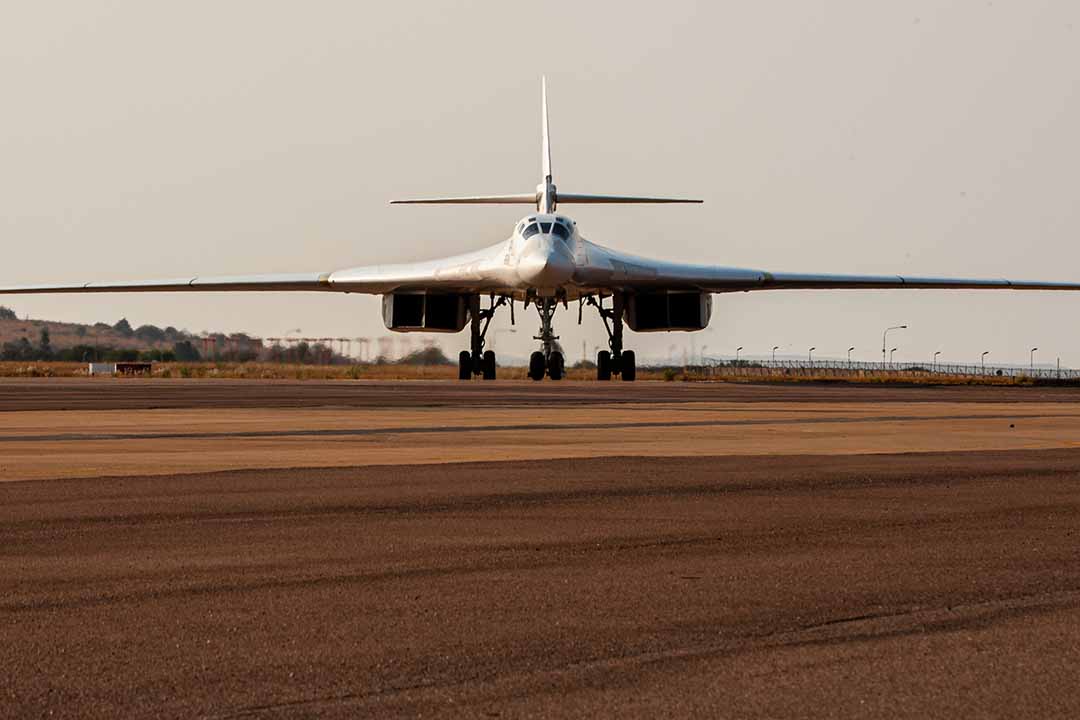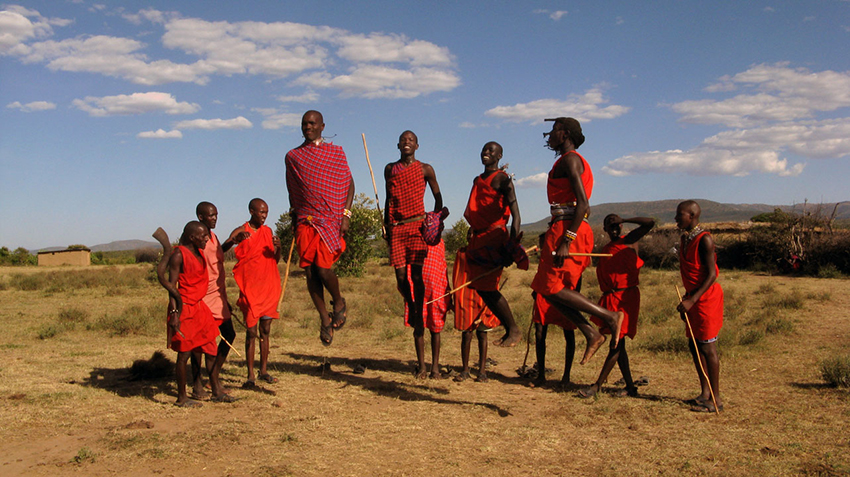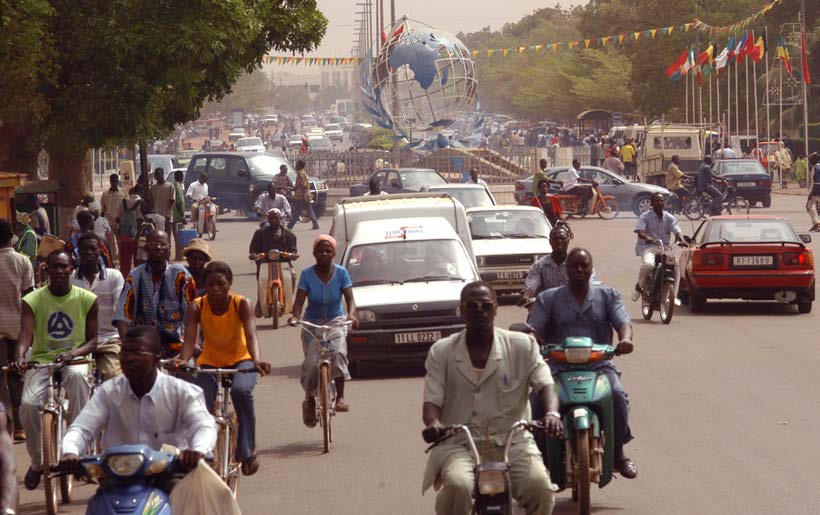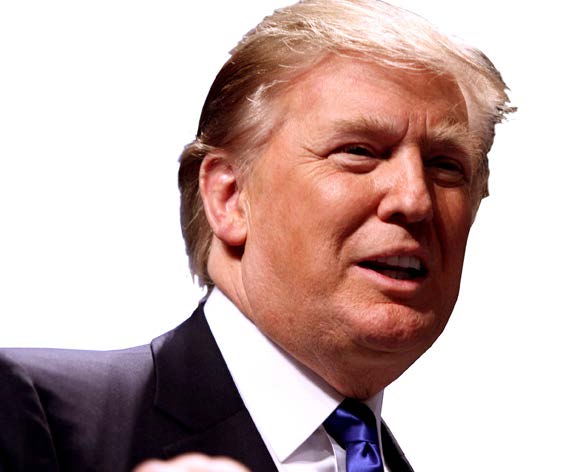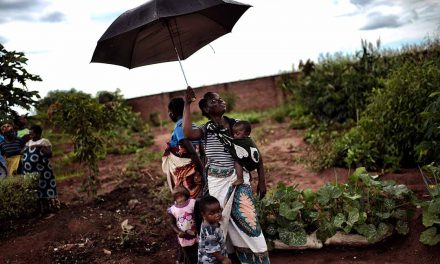South Africa: tough at the top
Much of the country’s private defence sector has enjoyed strong growth since 1994, but the state-owned flagship, Denel, is in serious trouble
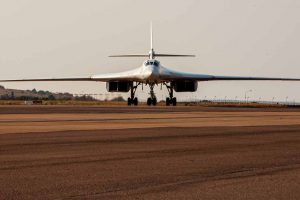
A Russian air force Tupolev Tu-160 makes a brief stopover at Waterkloof air base near Pretoria in South Africa on October 23 last year. The aircraft’s brief visit to the country was timed to coincide with President Vladimir Putin’s Africa Summit in Sochi, where African leaders concluded several billion dollars worth of arms deals with his government. Photo: EMMANUEL CROSET / AFP
Since sanctions were lifted with the 1994 political settlement, South Africa’s defence exports have surged. In the five years to the end of 2018, South Africa was the world’s 20th largest weapons exporter, according to the Stockholm International Peace Research Institute, SIPRI. That position is well above its GDP per capita ranking and shows SA punches well above its weight in this field. In the face of a border war, extensive internal unrest, and international arms sanctions, the apartheid government built a sizeable and technologically advanced defence industry to ensure the greatest possible self-sufficiency in its supply of weapons. Today, however, South Africa’s defence industry is a fraction of the size it was in the dying days of apartheid in the early 1990s. The industry faces tougher international competition, as technological capabilities are now far more widely spread.
It also now threatened by an own goal in the form of mismanagement of the government-owned defence giant, Denel, which is in distress. Denel is the core of the industry and it has historically been innovative. The company has immense expertise, employs highly-experienced engineers, and draws on many local suppliers. Now, thanks to mismanagement, it is most unlikely that it will survive in its current form or size, despite government’s bailout. Sell-offs and re-organisations are likely to be key to a turnaround, impacting its work force and suppliers. South Africa has a diversified and high technology defence sector, manufacturing various types of ammunition, assault and sniper rifles, fuses, armoured vehicles, radars, sophisticated optics, aircraft parts, unmanned aerial vehicles, sophisticated missiles, and much else.
The sector consists of the giant, Denel, but also a number of medium-sized companies such as Paramount, Tellumat, Reunert, and a large number of small companies, many of them entirely reliant on exports. Its companies are dependent on imports for parts and sub-systems, but it contributes significant added value and export revenue to the economy through design, integration and manufacturing. Much of the country’s private defence sector has enjoyed strong growth since 1994, despite the limited domestic market. The smaller technology firms have few overheads but need to export to survive. As they do no or little business with the South African government, they do not need to meet black economic empowerment requirements, allowing owners to retain greater control.
Paramount, with 3,000 employees, sells protected vehicles, aviation products, and security services across the world and manufactures in a number of countries. Milkor, formed in 1980, makes a 40 mm Multiple Grenade Launcher, which, it says, is used in 67 countries. It is also involved in armoured vehicle production, unmanned aerial vehicle (UAV) development, naval systems, and cyber security. RapidM is a small Pretoria-based company that designs and manufactures high-end military radios. Among the bigger defence companies is Reutech, a stock exchange listed company, which develops and manufactures radars, remote control weapon systems, and electronic fuses. Tellumat is also a diversified defence and security company with a large variety of solutions, including unmanned aerial vehicles. South Africa’s defence industry came off its peak in the early 1990s, soon after the 1994 settlement.
According to a survey conducted two years ago by the South African Aerospace Maritime and Defence Industries Association (AMD), there were about 15,000 people employed in the industry, compared to 130,000 in the early 1990s. The purchase in the mid 90s of new naval corvettes and frigates, Saab Gripen fighters, BAE Hawk lead-in jet trainers, flight trainers and helicopters gave local industry a boost. But spending to re-equip the navy and air force was mainly offshore. Local offset agreements with German, British, Swedish and other suppliers – which would have seen some manufacturing and supply contracts going to local firms – were not as large or as long-lasting as promised. Since the post-1994 arms deals, there have been no acquisition projects on that scale, forcing companies to look offshore for business. Even full delivery on a Denel project for new Patria Infantry Fighting Vehicles, for which there was a budget, has been delayed by many years.
At little above 1% of GDP, which is low by international standards, and low economic growth, the defence budget is constrained. In real 2017 US dollar terms, the defence budget grew only 7.5% from 1994 to 2018, according to SIPRI. This has left little in the budget for much beyond limited operations and salaries. Without new domestic acquisition projects, there is little chance of a return to the sector’s heyday. However, the industry still has the capabilities to generate new technologies. Having developed its own version of a military-industrial complex, South Africa’s defence industry became a world technology leader in some areas. This was based on tight cooperation between the military; its procurement agency, Armscor (which did research and development, production, and procurement); the government’s technology think tank, the Council for Scientific and Industrial Research (CSIR); various parastatals; private industry and university engineering departments.
During the 1970s and 1980s, the apartheid government’s war with insurgency movements based in Angola made necessity the mother of invention. In the fight against the South West African People’s Liberation Organisation (SWAPO) and the Popular Movement for the Liberation of Angola (MPLA), military personnel carriers with V-shaped hulls capable of dispersing mine explosions were developed, for example. South Africa became an early leader in the design and production of protected military vehicles. The G5 and G6 long-range 155 mm artillery systems were developed in response to the South African Air Force’s loss of air superiority over Angola. Its inability to fly missions deep into Angola due to the presence of sophisticated Soviet and Cuban anti-aircraft systems generated a requirement for long-range artillery. Local industry also developed an early expertise in UAVs, electronic warfare and military radios with frequency hopping to avoid interception.
With external help, the government also produced nuclear weapons, which it gave up on the eve of the handover to the ANC government. The Rooivalk attack helicopter showed considerable expertise in both project management and technology development, but was never a commercial success due to the limited local market for the product and the market advantages of the Boeing-made Apache within NATO. Since 1994, the country has continued to build on these developments. Notable has been the international success of the RG- 31 Nyala and other South African-designed and built protected troop carriers. In the 25 years since 1994, the US has been South Africa’s largest defence product export market, with its purchase of the RG-31 and other protected troop carriers for use in the wars in Iraq and Afghanistan. Denel Dynamics has developed a fifth-generation wing-tip mounted air-to-air missile, the A-Darter, which locks onto a target after launch, and which has been bought by the South African and Brazilian air forces.
In a major coup, Denel sold its Umkhonto vertical launch surface-to-air missile to the Finnish navy. Another product shows that the South African industry remains highly capable in product development: three years ago a new locally developed and manufactured widearea surveillance system was launched in the Kruger National Park. Known as Meerkat, the device uses a radar system developed by Reunert, and an electro-optical system to detect, classify and monitor humans in the park with the aim of fighting poaching. But Denel’s current problems are similar in nature to those of other South African public enterprises. As with other state owned enterprises (SOEs), its failings are due to bad management, poor procurement controls and alleged fraud linked to the activities of the Gupta family – a family of immigrants from India who are said to have enjoyed unparalleled influence over the Zuma administration.
The Auditor General, a government office with credibility, has given a “disclaimer of opinion” for two successive years on Denel’s annual financial statements, saying they do not include enough information to conduct a proper audit. Corruption involving the Guptas may have played a large role in Denel’s demise. City Press newspaper has reported that Denel could have lost about R30 billion in business, including deals with Saudi Arabia, Turkey, and Kuwait, after an executive allegedly insisted that kickback contracts be signed with a Gupta associate. Denel has also lost contracts, such as one with Chad to supply 250 protected troop carriers, and has had to give up others, including one linked to the Airbus A400M military transporter. Liquidity problems have meant delays in paying suppliers and an inability to fully meet its payroll on time. This has damaged morale and meant the loss of engineering skills.
Meanwhile, technology capabilities have proliferated, and today there are more manufacturers of protected vehicles and long-range artillery systems around the world. Government has provided a R1.8 billion bailout, which is slightly in excess of Denel’s loss in the company’s last financial year, and is committed to providing an additional R1 billion. But the government is bailing out other failing SOEs, such as Eskom, the national power utility, and national carrier South African Airways. Large cash injections to SOEs are unsustainable in the face of a growing fiscal deficit. The most likely course will be to downsize Denel and find a “strategic equity partner” for either the whole or parts of the business. Finding a partner will be tricky, as political acceptability will be paramount. A Saudi offer was rejected.
Given the rhetoric of the ruling ANC, meanwhile, companies from western countries would be an unlikely choice. At the recent Russia-Africa Summit in Sochi, a defence official said his country signalled a keenness to enter into a weapons production deal with South Africa. Closer ties between the two countries were also demonstrated by a brief visit in October of two Russian Air Force TU-160 long-range bombers, which landed at Waterkloof air force base. But a Russian or Chinese partner could compromise South Africa’s position as a weapons supplier that is independent of the major powers and alliances. South Africa lacks the muscle to put together deals that are part of larger political and aid packages that could greatly open the African market. Such financial packages have long been a big part of global weapon sales. Another hurdle is that the country is not part of any military alliance, which could help open markets.
Unlike major powers, South Africa rarely restricts the use of its equipment, but there is still tough competition. As the sector seeks to export more, there will be mounting pressure to relocate manufacturing and other activities to client countries, which could in time shrink South Africa’s domestic defence manufacturing base. Other international defence contractors, including some in the United Arab Emirates and Saudi Arabia, have employed some of SA’s experienced engineering talent in this area. In recent months, South African defence exports have suffered a heavy blow in a dispute over the country’s right to inspect foreign military facilities as part of an enduser certification process to ensure weapons are not transferred to third parties.
Large sales by Denel and Rheinmetall Denel Munition to Saudi Arabia and the UAE have been blocked by the South African government’s National Conventional Arms Control Committee, the agency which approves defence exports, because these countries were not prepared to sign end-user certificates, which allow for inspection. But it is Denel’s problems – the absence of large domestic military acquisition projects, the current low confidence levels in the local business environment, and the loss of engineering talent – that are hurting the sector the most. All in all, longer-term growth for the sector could now be difficult.
Jonathan Katzenellenbogen is a Johannesburg-based freelance financial journalist. His articles have appeared on DefenceWeb, Politicsweb, as well as in a number of overseas publications. Jonathan has also worked on Business Day and as a TV and radio reporter and newsreader.

